
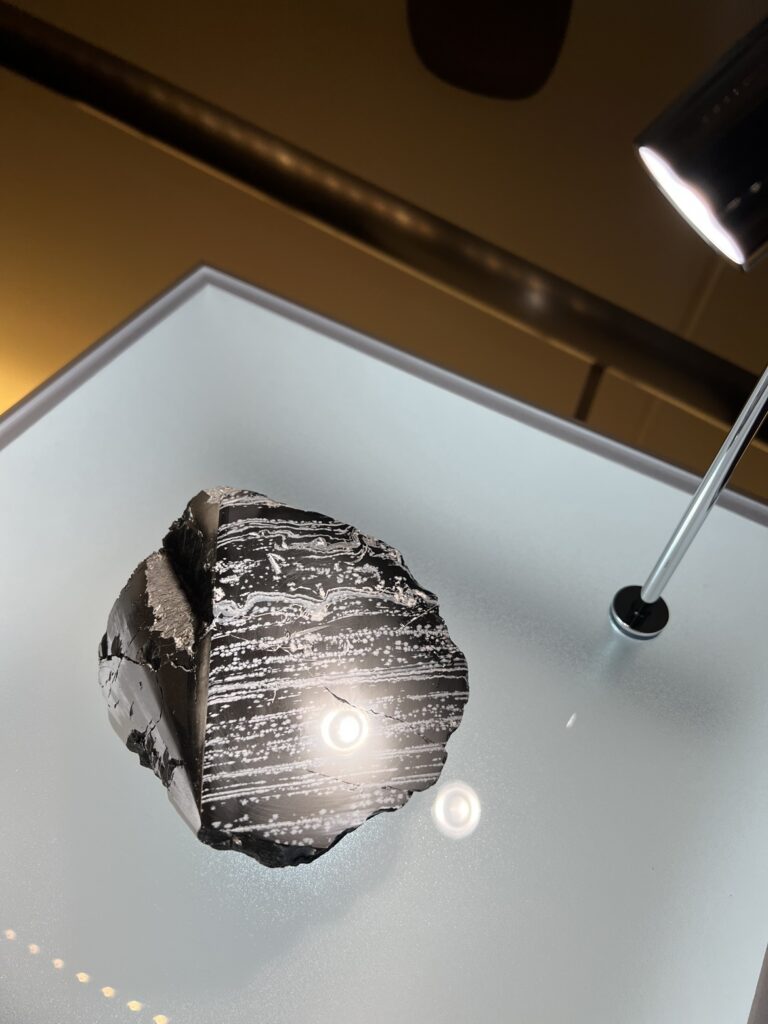

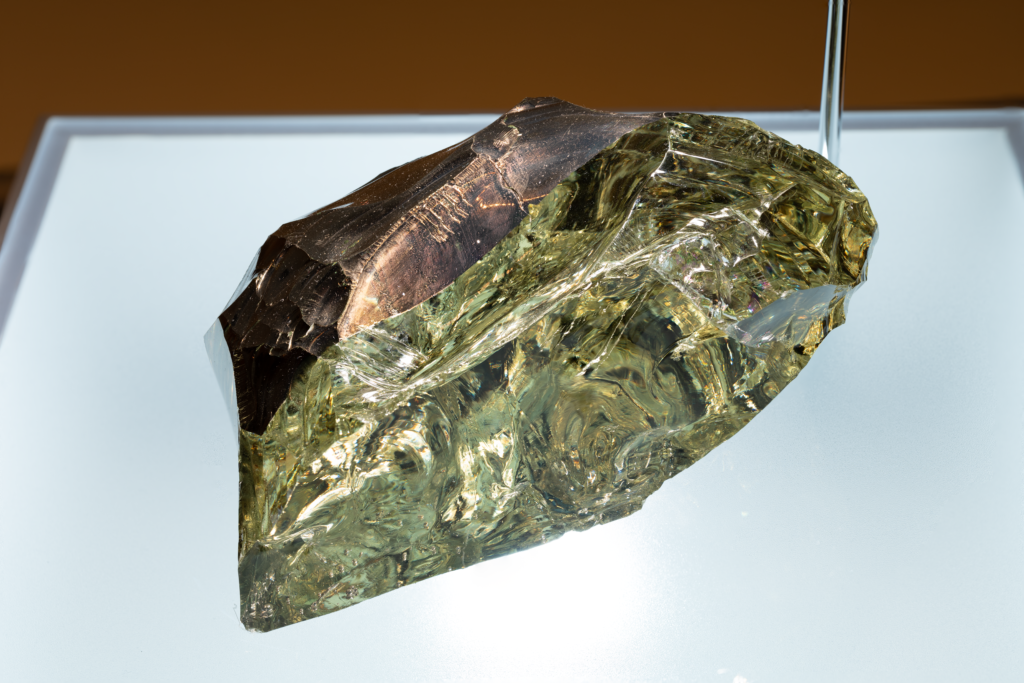
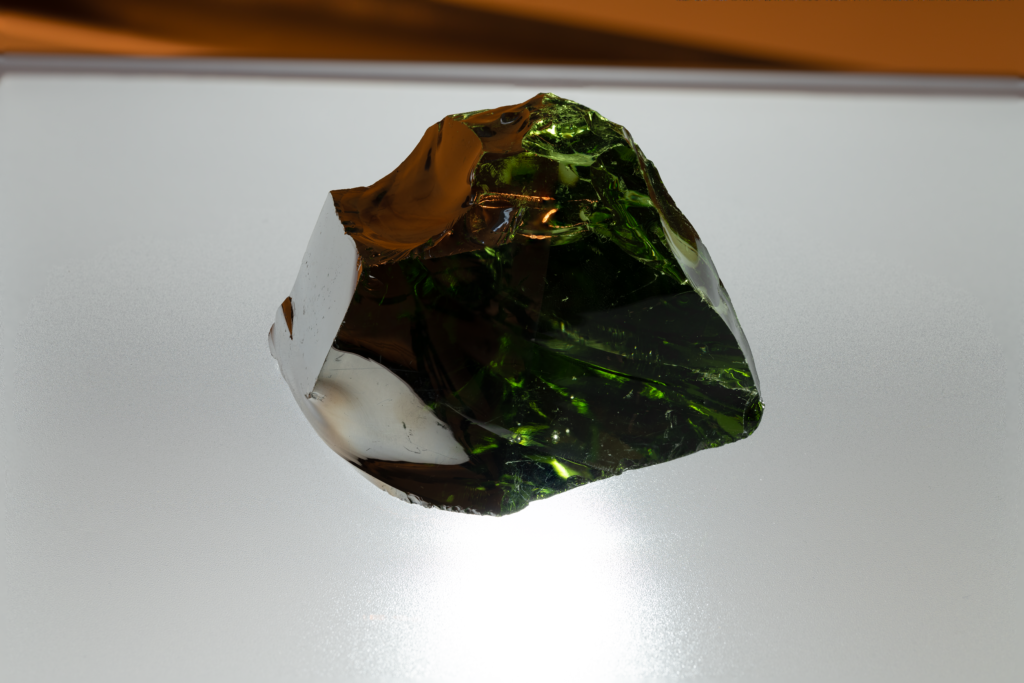
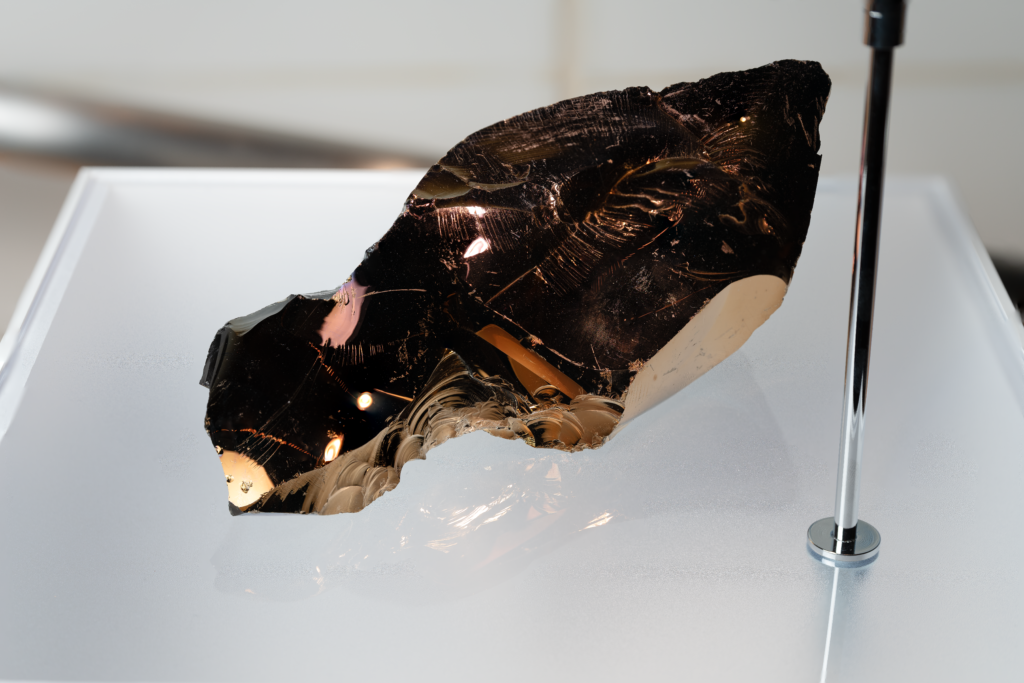
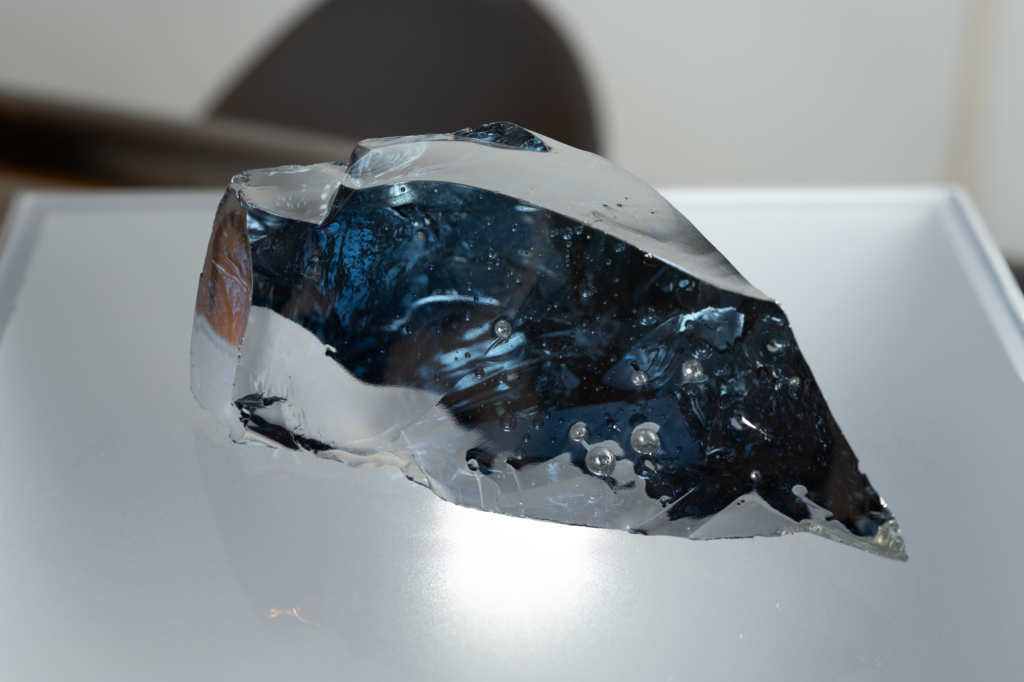

マツモト建築芸術祭
会期:2022年1月29日(土)〜2月20日(日)
会場:まつもと市民芸術館
https://maaf.jp/2022/
トルコのチャタル・ヒュユクの遺跡から黒曜石の鏡が出土した。
それは紀元前6200年頃に制作されたといわれ、最古の人工の鏡である。
黒曜石は火山の噴火によってできた天然のガラスであるが、それから約8000年後の今もガラスは鏡として使用されている。
松本市に隣接する長和町、下諏訪町の間にある和田峠は黒曜石の産出地である。
本展ではそこで採取された黒曜石をはじめ、天然、人工、その境界に位置するもの、様々なガラスで鏡を制作し、人と鏡像の関係性の歴史を探る。
作品タイトルは表裏一体の英訳である「two sides of the same coin」の語源に由来し、黒曜石の研磨から制作する表面鏡、透明ガラスに金属を付着させ制作する裏面鏡とその関係性を表す。
写真|Kazumi Kiuchi、助田喜久
An obsidian mirror was unearthed from the ruins of Çatal Hüyük in Turkey. It is said to have been produced around 6200 BC, and is the oldest man-made mirror. Obsidian is a natural glass produced by volcanic eruptions, and it is still used as a mirror about 8,000 years later.
The Wada Pass, located between the towns of Nagawa and Shimosuwa adjacent to Matsumoto City, is an obsidian-producing area. This exhibition explores the history of the relationship between people and mirror images by creating mirrors using obsidian collected there, as well as various other types of glass, both natural and artificial, and those located at the border between the two.
The title of the work is derived from the English translation of the phrase “two sides of the same coin,” which refers to the relationship between the surface mirror made from polished obsidian and the reverse mirror made from transparent glass to which metal is attached.
Photo|Kazumi Kiuchi,Yoshihisa Sukeda


